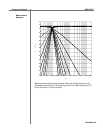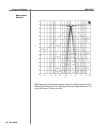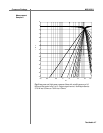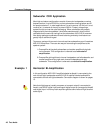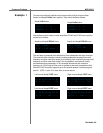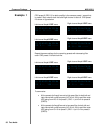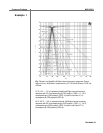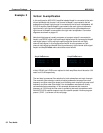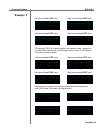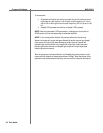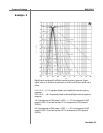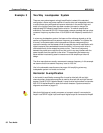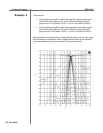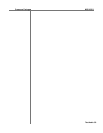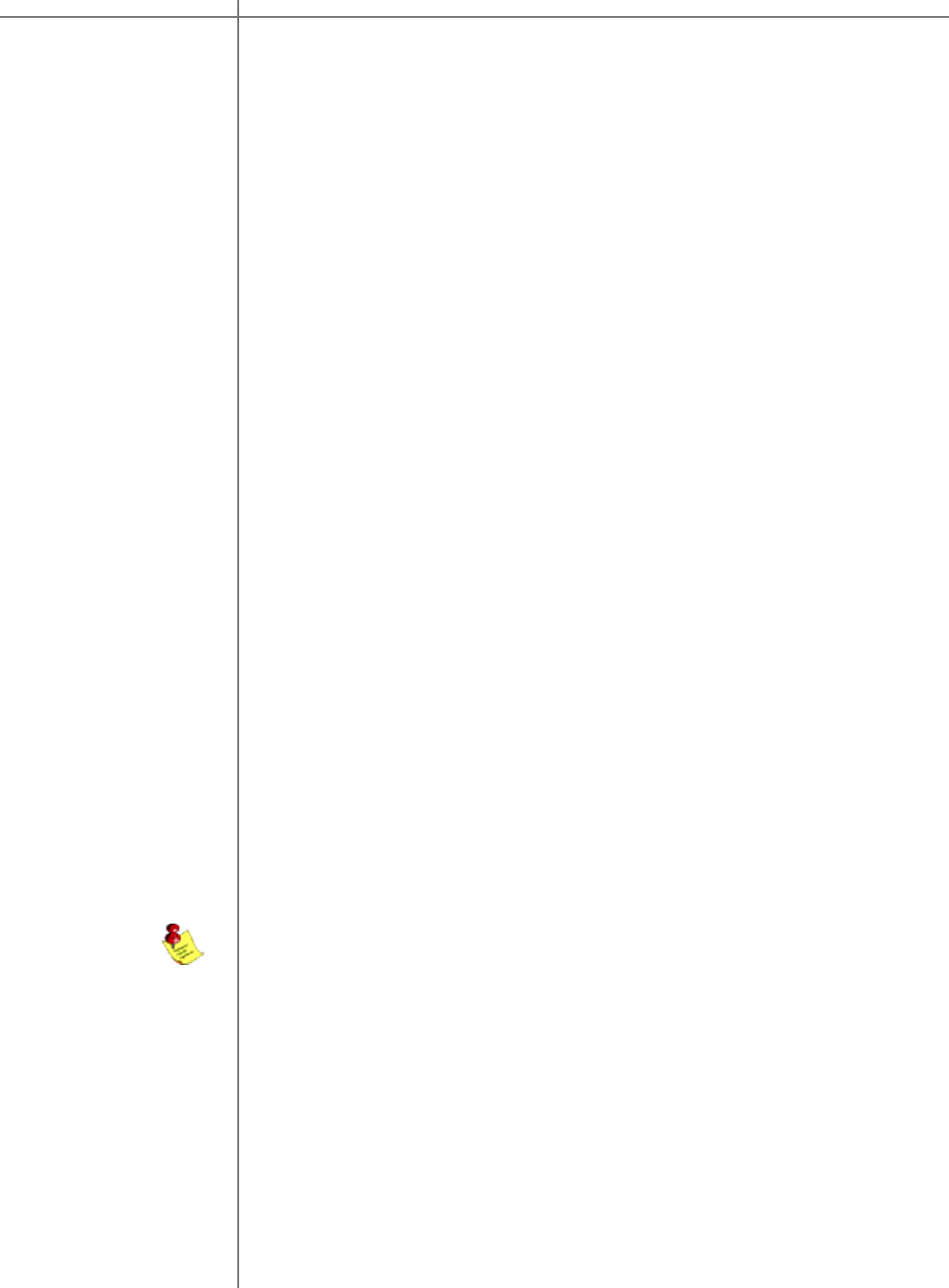
CAUTIONCAUTION
56 Tact Audio
Crossover Package M/S-2150 X
Two-Way Loudspeaker System
There are many advantages to using bi-amplification instead of the standard
configuration, where one power amplifier is used to drive one loudspeaker with two
or more drivers along with passive crossover networks. In the world of high-end
audio in the last few years there has been constant increase in demand for
sophisticated DSP based bi-amplification solution. To make bi-amplification
available to Tact users M/S-2150 X incorporates crossover package that can place
crossover frequency anywhere from 10 to 20,000 Hz with frequency resolution of 1
Hz.
In a two-way loudspeaker system, the base and the midrange signals go to the
woofer and signals above the crossover frequency go to tweeter. In a system like
this one it is recommended to eliminate passive crossover components and
connect the woofer and the tweeter driver to separate channel of amplification with
digital crossover filters embedded into each amplifier. In this way each driver is
connected directly to the respective power source. There is no component
between the power source and the driver that could in any way interfere with the
power transfer from the amplifier to the driver. This approach eliminates many
abnormalities introduced by passive crossover and one amplifier per channel
design.
The driver manufacturers usually recommend crossover frequency. In this example
we assume that the crossover frequency is set to 1000 Hz.
Like in the subwoofer case there are two ways of bi-amplifying a two-way
loudspeaker system: horizontal and vertical.
Horizontal bi-amplification
In horizontal bi-amplification one amplifier is used to drive both left and right
channel woofers, and another amplifier is used to drive both left and right channel
tweeter. One M/S-2150 X labeled Amp#1 is used to drive both woofers and another
M/S-2150 X labeled Amp#2 is used to drive both tweeters. System connection
diagrams are shown on pages 15.
Note that digital source (usually processor or transport output) is connected to
Amp#1 coax/SPIDF digital input and Amp#1 digital output is connected to Amp#2
Example 3



